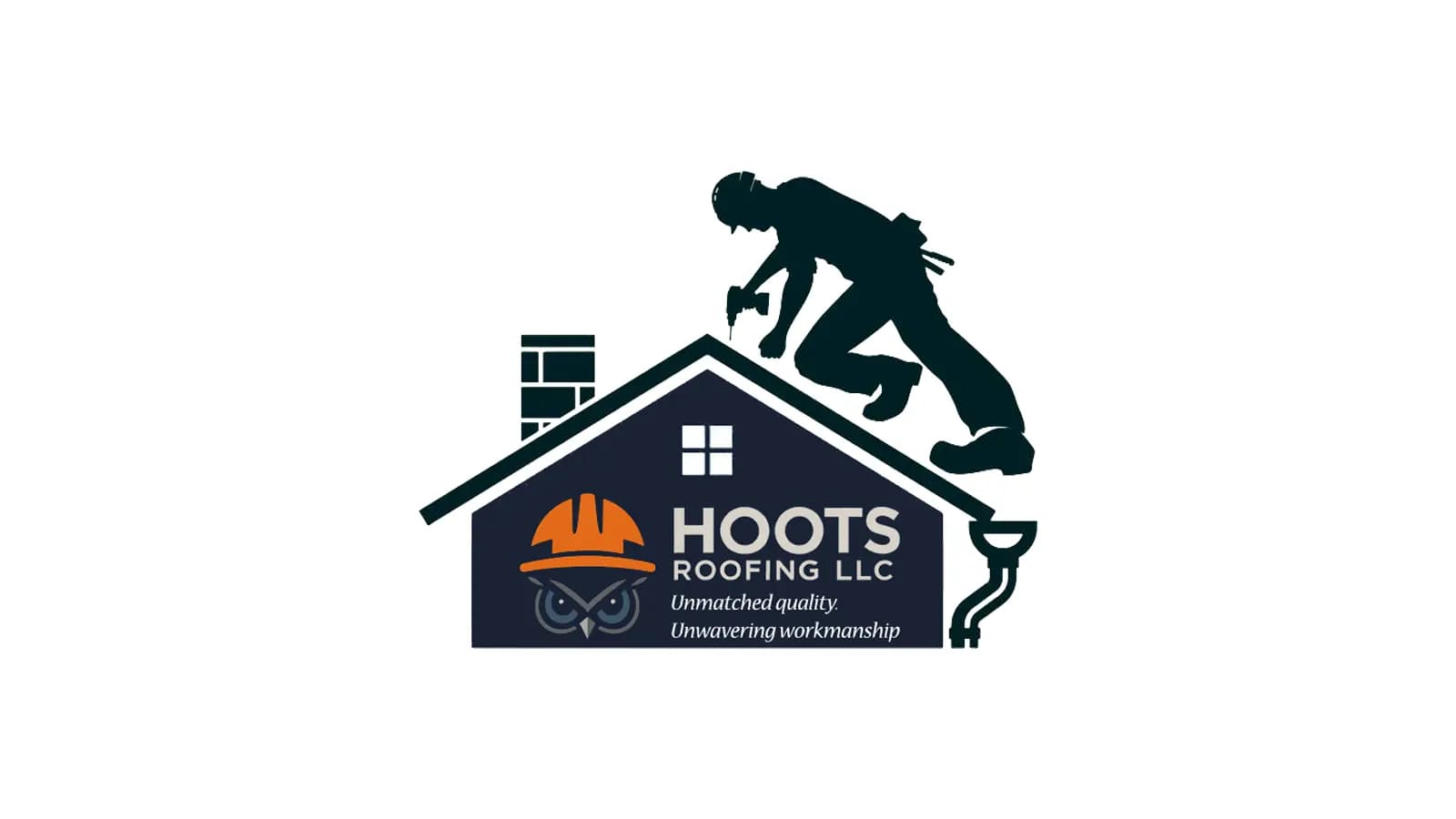Why Post-Storm Inspections Matter
Storms can leave more than just scattered branches behind. High winds, hail, and heavy rain often cause subtle roof and exterior damage that grows worse if ignored. As a homeowner, knowing what to check — and how to act quickly — can mean the difference between a simple repair and a major expense.
This checklist will help you stay safe, protect your home, and make the insurance process smoother.
Safety First
Before anything else, think safety.
- Avoid climbing ladders or walking on wet, unstable shingles.
- Stay clear of downed power lines or leaning utility poles.
- If you notice structural damage (sagging roofline, shifted walls), wait for a professional before re-entering.
Your family’s safety comes first — inspections can wait.
Quick Visual Check Outdoors
Take a slow walk around your property. You don’t need to climb onto the roof — many issues are visible from the ground.
- Shingles: Missing, cracked, or lifted areas may indicate wind damage.
- Granules: Excessive shingle granules in gutters or at downspouts often signal hail impact.
- Siding & Gutters: Look for dents, bent metal, or chipped paint.
- Yard & Exterior: Damage to fences, decks, or vehicles often points to hail strong enough to harm your roof.
Indoors: Attic & Ceilings
Exterior checks aren’t enough. Water often sneaks in unnoticed.
- Attic: Inspect for wet insulation, water stains, or daylight through decking.
- Ceilings: Scan for brown spots, bubbling paint, or plaster cracks.
- Air Quality: Musty odors may indicate hidden leaks or mold.
Catching water intrusion early prevents structural rot and costly drywall repairs.
Document Everything
Insurance companies depend on documentation. Create a clear record:
- Photos: Wide shots and close-ups of roof, siding, gutters, and any leaks.
- Receipts: Save invoices for tarps or temporary repairs — many are reimbursable.
- Notes: Write down dates, times, and observations.
- Reports: A roofer’s inspection with photos strengthens your claim.
A strong “evidence file” speeds up insurance approval and avoids disputes later.
Call Your Roofer First
Many homeowners call insurance before calling a roofer. Reversing that order often saves headaches.
- A contractor can prepare an accurate scope and photo set.
- This ensures the adjuster sees the full extent of damage.
- Prevents underestimates and low-ball payouts.
- Gets you scheduled faster when demand spikes after a storm.
Pro Tip: Don’t delay. The earlier you call, the sooner you’ll get emergency tarping or repair before more storms roll in.
Long-Term Prevention
While no roof can stop storms, preparation reduces risks:
- Schedule seasonal inspections.
- Keep gutters clear and trees trimmed.
- Address small maintenance issues promptly.
These steps strengthen your roof’s defense and may even help with future insurance claims.
Bottom Line
Storm damage isn’t always obvious — but small leaks can turn into big repairs fast. By staying safe, checking carefully, documenting thoroughly, and calling a trusted roofer first, you’ll protect your home and secure a fair outcome with insurance.
When the skies clear, peace of mind comes from knowing you’ve taken the right steps. If your home has been hit by severe weather, don’t wait — schedule your inspection today.

